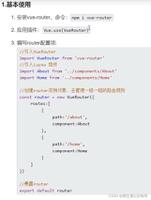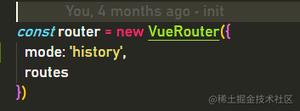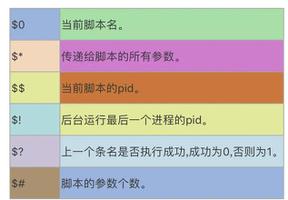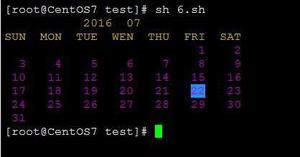vue 源码解析之虚拟Dom-render
vue 源码解析 --虚拟Dom-render
instance/index.js
function Vue (options) {
if (process.env.NODE_ENV !== 'production' &&
!(this instanceof Vue)
) {
warn('Vue is a constructor and should be called with the `new` keyword')
}
this._init(options)
}
renderMixin(Vue)
初始化先执行了 renderMixin 方法, Vue 实例化执行this._init, 执行this.init方法中有initRender()
renderMixin
installRenderHelpers( 将一些渲染的工具函数放在Vue 原型上)
Vue.prototype.$nextTick = function (fn: Function) {
return nextTick(fn, this)
}
仔细看这个函数, 在Vue中的官方文档上这样解释
Vue 异步执行 DOM 更新。只要观察到数据变化,Vue 将开启一个队列,并缓冲在同一事件循环中发生的所有数据改变。如果同一个 watcher 被多次触发,只会被推入到队列中一次。这种在缓冲时去除重复数据对于避免不必要的计算和 DOM 操作上非常重要。然后,在下一个的事件循环“tick”中,Vue 刷新队列并执行实际 (已去重的) 工作。Vue 在内部尝试对异步队列使用原生的 Promise.then 和MessageChannel,如果执行环境不支持,会采用 setTimeout(fn, 0)代替。
export function nextTick (cb?: Function, ctx?: Object) {
let _resolve
callbacks.push(() => {
if (cb) {
try {
cb.call(ctx)
} catch (e) {
handleError(e, ctx, 'nextTick')
}
} else if (_resolve) {
_resolve(ctx)
}
})
if (!pending) {
pending = true
timerFunc()
}
// $flow-disable-line
if (!cb && typeof Promise !== 'undefined') {
return new Promise(resolve => {
_resolve = resolve
})
}
}
Vue.nextTick用于延迟执行一段代码,它接受2个参数(回调函数和执行回调函数的上下文环境),如果没有提供回调函数,那么将返回promise对象。
function flushCallbacks () {
pending = false
const copies = callbacks.slice(0)
callbacks.length = 0
for (let i = 0; i < copies.length; i++) {
copies[i]()
}
}
这个flushCallbacks 是执行callbacks里存储的所有回调函数。
timerFunc 用来触发执行回调函数
先判断是否原生支持promise,如果支持,则利用promise来触发执行回调函数;
否则,如果支持MutationObserver,则实例化一个观察者对象,观察文本节点发生变化时,触发执行
所有回调函数。
如果都不支持,则利用setTimeout设置延时为0。
const observer = new MutationObserver(flushCallbacks)
const textNode = document.createTextNode(String(counter))
observer.observe(textNode, {
characterData: true
})
timerFunc = () => {
counter = (counter + 1) % 2
textNode.data = String(counter)
}
isUsingMicroTask = true
MutationObserver是一个构造器,接受一个callback参数,用来处理节点变化的回调函数,observe方法中options参数characterData:设置true,表示观察目标数据的改变
_render函数
通过执行 createElement 方法并返回的是 vnode,它是一个虚拟的 Node。
vnode = render.call(vm._renderProxy, vm.$createElement)
总结
以上所述是小编给大家介绍的vue 源码解析之虚拟Dom-render,希望对大家有所帮助,如果大家有任何疑问欢迎给我留言,小编会及时回复大家的!
以上是 vue 源码解析之虚拟Dom-render 的全部内容, 来源链接: utcz.com/z/312456.html








